Our Use Cases
What is the potential of NFDI4Biodiversity? This is illustrated by our use case projects in which we work with the community to test how data can be mobilized, standards established and storage infrastructures set up.
FILTER

The Arachnological Society and its partners provide more than 800,000 species-specific study datasets via ARAMOB in NFDI4Biodiversity - for discovery, exploration, processing and visualization.
The extensive data on land use and landscape change from the IOER monitor will be contributed to NFDI4Biodiversity to enrich biodiversity research.
The DDA collects 10 million observation data annually – a treasure trove of data that is to be used more intensively for research and nature conservation.
Genetic methods are a useful extension for monitoring water bodies. Through NFDI4Biodiversity, DNAquaNet aims to make its software tools available to a wider user community.
Insect traps, photo cameras or high boxes – data is collected in the protected forest area that reveals a lot about the state of regional biodiversity.
Data from Bavarian archives, such as historical records of flora and fauna, are highly relevant to biodiversity research, but have received little attention to date. This is about to change.
The aim of PlantHub is to make exciting data on plant biodiversity more visible. In the medium term, the data will be stored via the infrastructure being created in NFDI4Biodiversity.
The HLNUG would like to expand data exchange with other agencies and nature conservation stakeholders.
The fishologists of the Society for Ichthyology have more than 100,000 data sets on regional fish species that are to be made more accessible.
The Microalgae Information System allows linking natural history collection data with molecular sequences. This use case is about enabling the reusability of these data.
Numerous studies of national natural landscapes are being conducted on the park lands – data we jointly want to make centrally searchable in the future.
With the Leibniz Institute for Regional Geography (IfL), we are investigating how maps can be used to visualize and communicate biodiversity data.
The ´´Insekten Sachsen´´ project is dedicated to the study of native insects. In NFDI4Biodiversity we are working on managing the data more effectively, for example through improved standardisation.
The GBOL initiative is building a reference library for DNA barcodes of fauna, flora and fungi. This use case is, among other things, about connecting these data to NFDI4Biodiversity.
The LAU has databases on many animal and plant species. Among other things, we work to simplify access to these for research and nature conservation.
With the Leibniz Institute of Plant Genetics and Crop Plant Research (IPK), we are working to contribute crop genetic diversity data to NFDI4Biodiversity.
Around two million dragonfly data, which should also be available to research and nature conservation – that is our use case goal with the Society of German-speaking Odonatologists.
CRITTERBASE is a platform that manages marine biodiversity data and makes it available to users. In this use case, we are working to connect it to NFDI4Biodiversity.
A portal created in NFDI4Biodiversity allows users to find out which species occur in their own environment.
With the LfULG, minimum standards for a simplified data exchange between authorities and nature conservation are developed.
The portal for nature observers would like to make its versatile data on the occurrence of animals and plants and their many uses more widely known.
The Thünen Institute provides geodata on fields, forests and oceans as interactive maps and services and further develops the underlying open source data platform.
With the Phytodiversity Network Germany (NetPhyD), we are testing how the (sometimes sensitive) occurrence data of plants from the DeutschlandFlora portal can be made available in a suitable way.
In collaboration with the European infrastructure eLTER, biodiversity datasets from long-term ecological monitoring will be fed into NFDI4Biodiversity.
In AMMOD, stations for automatic sampling of the environment are being developed. The aim of the use case is to establish interoperability with NFDI4Biodiversity for the collected data.
With the Leibniz Institute of Freshwater Ecology and Inland Fisheries (IGB), a tool is being developed to facilitate the processing of geodata in flowing waters.
Together with the Leibniz-Zentrum für Marine Tropenforschung (ZMT) we aim to optimize the institute’s data management.
MiCoDa contains more than 35,000 samples of 16S rRNA gene amplicon sequences. The use case aims to connect the database with the infrastructure built in NFDI4Biodiversity.
Together with the Research Institute for Farm Animal Biology (FBN), we are working to standardize and generally FAIRify farm animal research data.
Contact
List of all Use Case (A-Z)
If you are looking for a specific pilot project, you can use the filter and search function above the tiles at the top of this page.
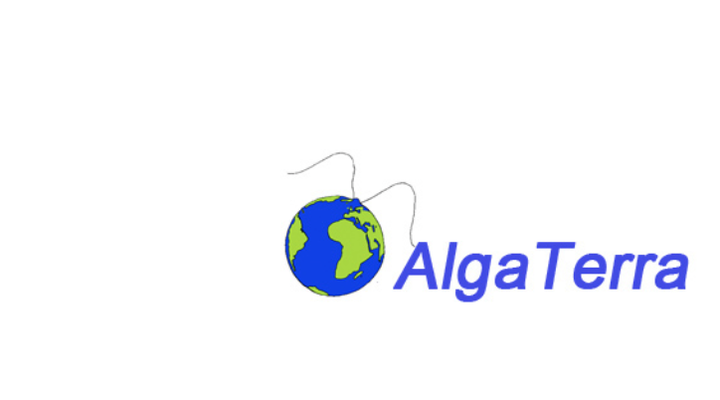
AlgaTerra – Information system for microalgae
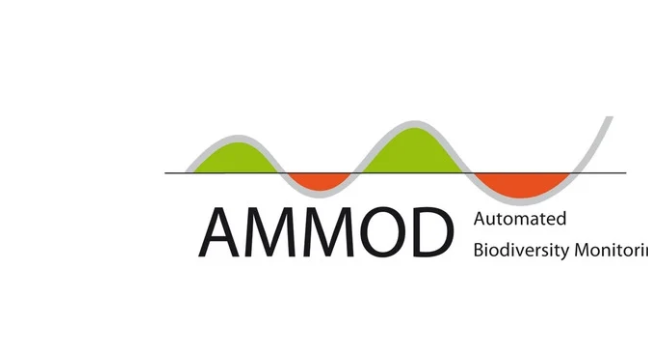
AMMOD – A "Weather Station for Biodiversity"
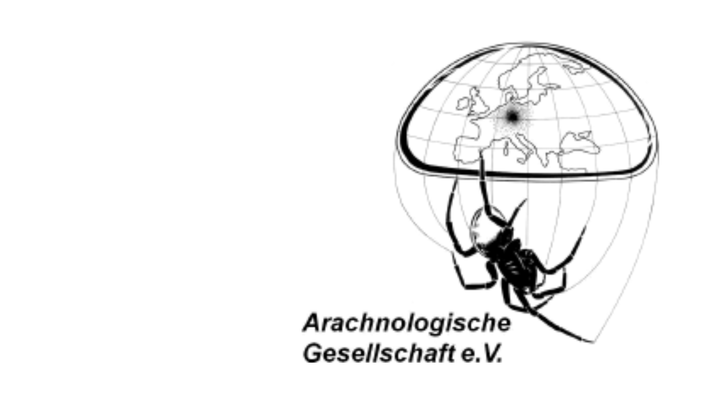
Arachnological Society – ARAMOB

CRITTERBASE – Information system for marine organisms
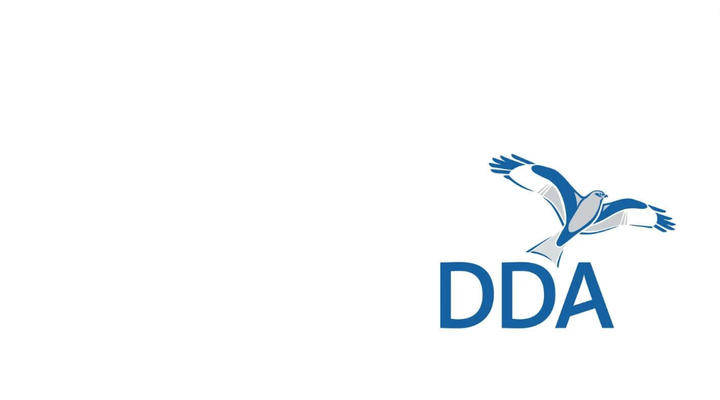
Umbrella Organization of German Avifaunists – Native bird species
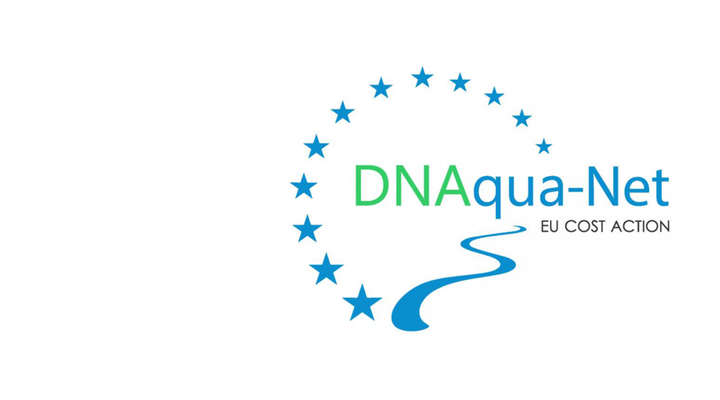
DNAquaNet – DNA-based water monitoring
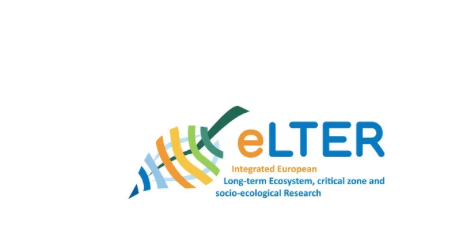
eLTER – Network for Long-Term Ecological Observations
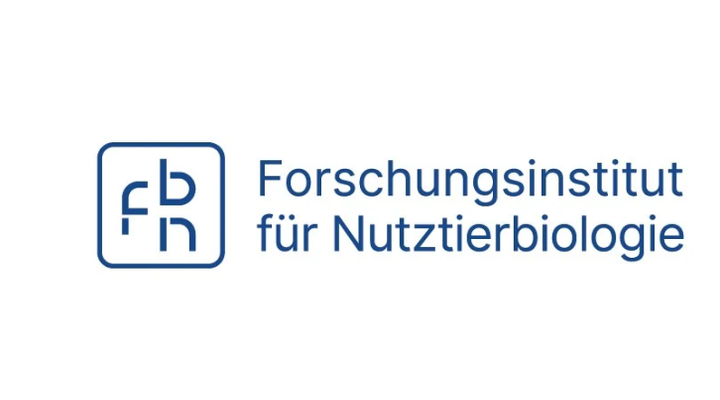
Research Institute for Farm Animal Biology (FBN)
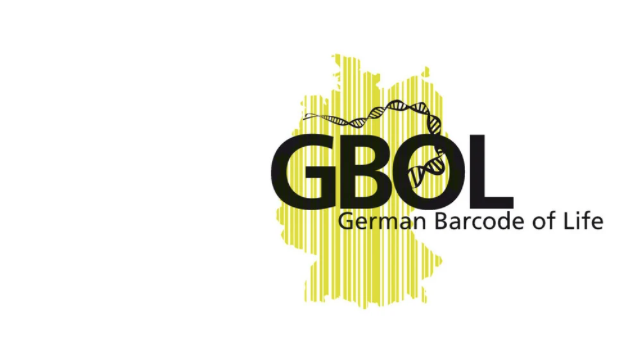
German Barcode of Life (GBOL)
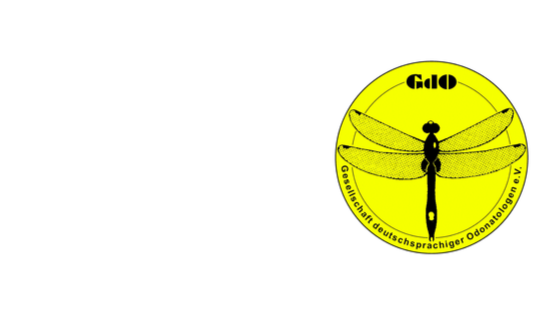
Society of German-speaking Odonatologists – Native dragonfly species
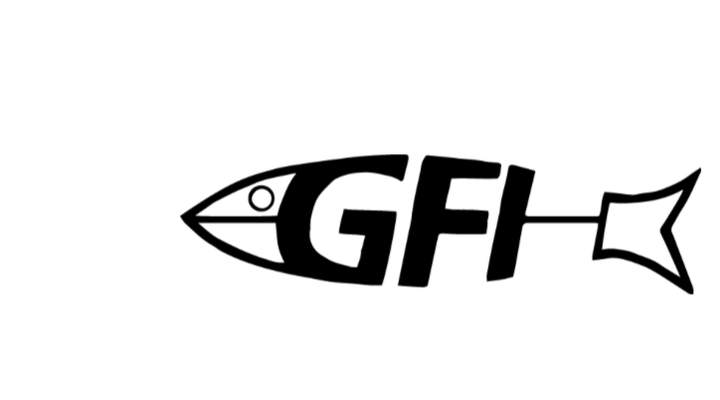
Society for Ichthyology – Atlas of fish species
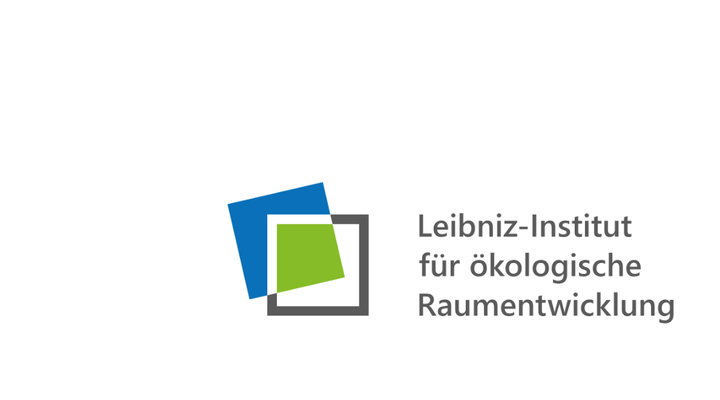
IÖR-Monitor – Visualization of settlement and open space development
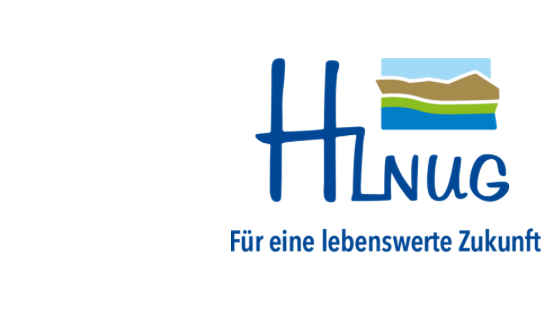
Hessian State Agency for Nature Conservation, Environment and Geology (HLNUG)
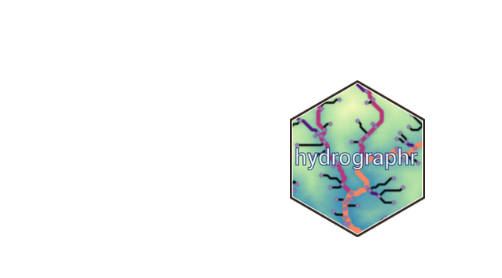
Hydrographr – Leibniz Institute of Freshwater Ecology and Inland Fisheries (IGB)
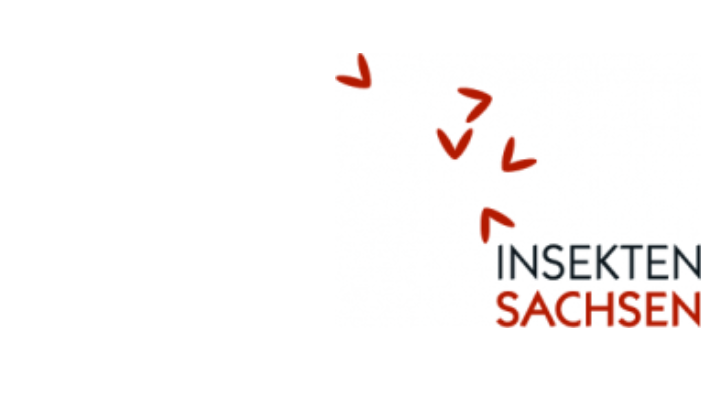
Insects Saxony – Current and historical insect data
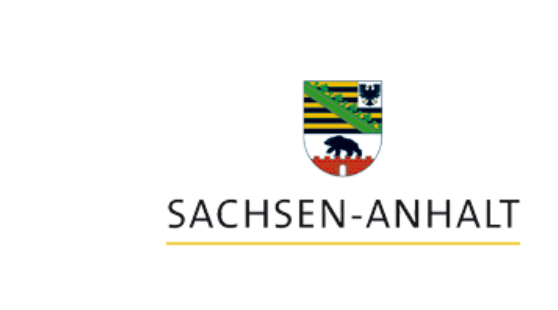
Saxony-Anhalt State Office for Environmental Protection (LAU)
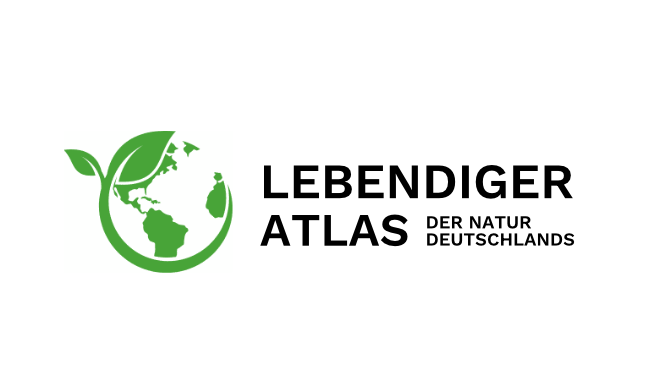
Living Atlas of the Nature of Germany
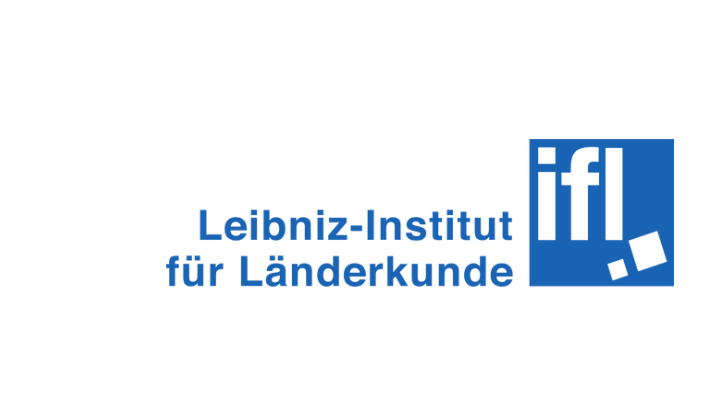
Leibniz Institute for Regional Geography (IfL) – Spatial Visualizations
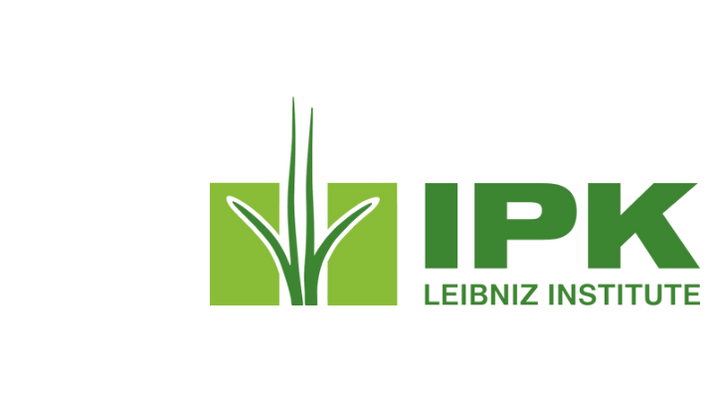
Leibniz Institute of Plant Genetics and Crop Plant Research (IPK)
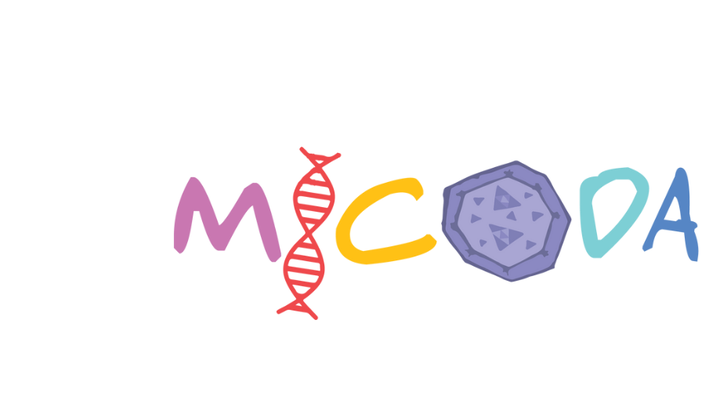
Microbial Community Database (MiCoDa)

Bavarian Forest National Park
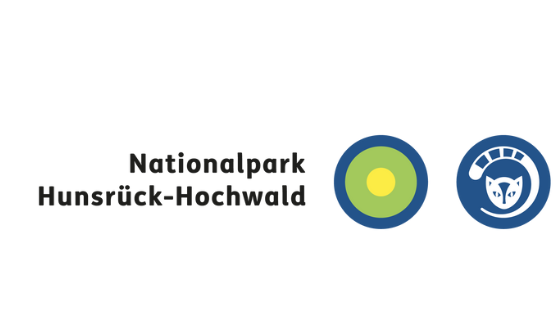
Hunsrück-Hochwald National Park – Data from National Natural Landscapes
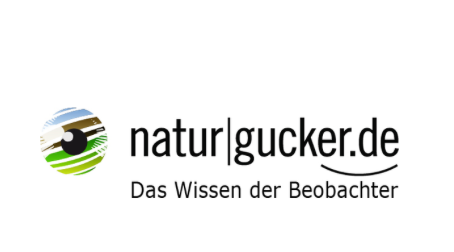
Naturgucker.de – information portal for nature observation
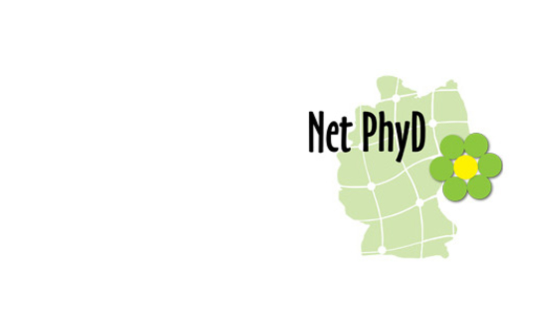
Phytodiversity Network Germany (NetPhyD) – Deutschlandflora

PlantHub (iDiv) – Discovering plant biodiversity data

Saxon State Office for the Environment, Agriculture and Geology (LfULG)

State Archives of Bavaria – Historical Data on Biodiversity




